Do you ever wonder how birds can survive through the winter? It turns out, birds have quite a few adaptations that help them survive even the chilliest days.
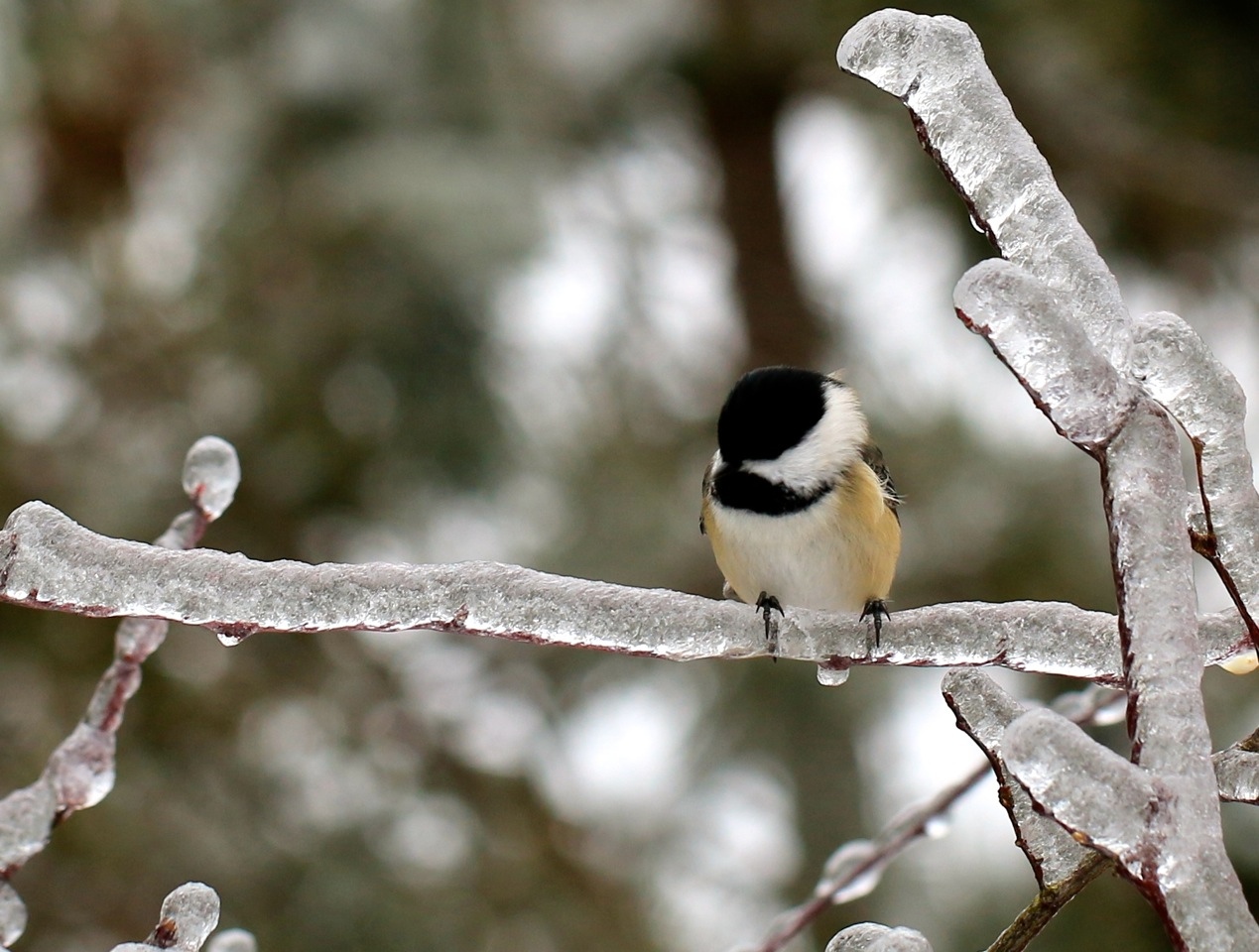
Puffed up Black Capped Chickadee
1. Get puffy. When birds puff up their feathers it provides an extra layer of insulation to help keep out the cold.

Ruffed Grouse soaking up the last sun of the day
2. Sunbathe. On really cold sunny days birds will find a sheltered spot out of the wind and sit and sun themselves, soaking up as much warmth as they can.
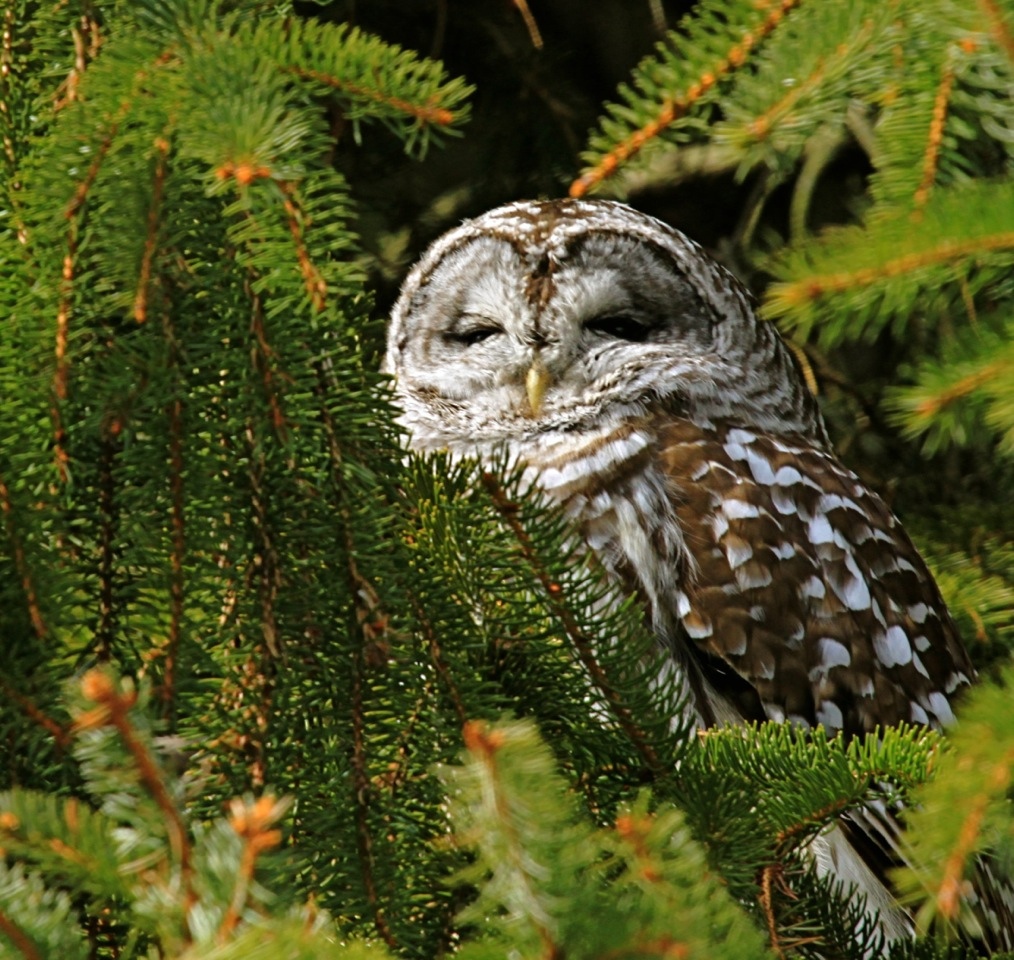
Barred Owl sunning itself
One way to find birds is to look on the sunny side of stands of evergreens. I have found hawks, owls, and all kinds of songbirds this way.
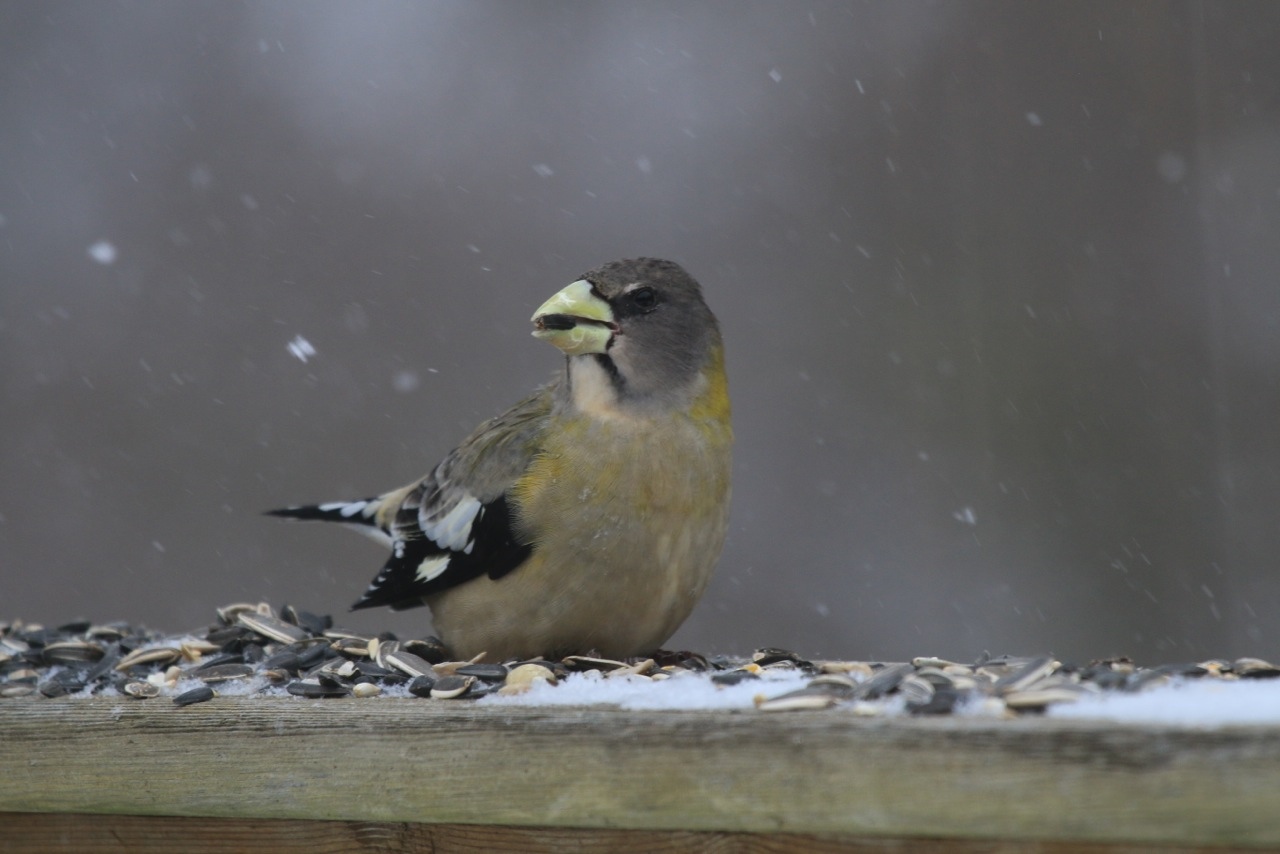
Female Evening Grosbeak pigging out
3. Eat! It takes a lot of food energy for birds to keep themselves warm. But if birds find a reliable food source, they can even put on a layer of extra fat.
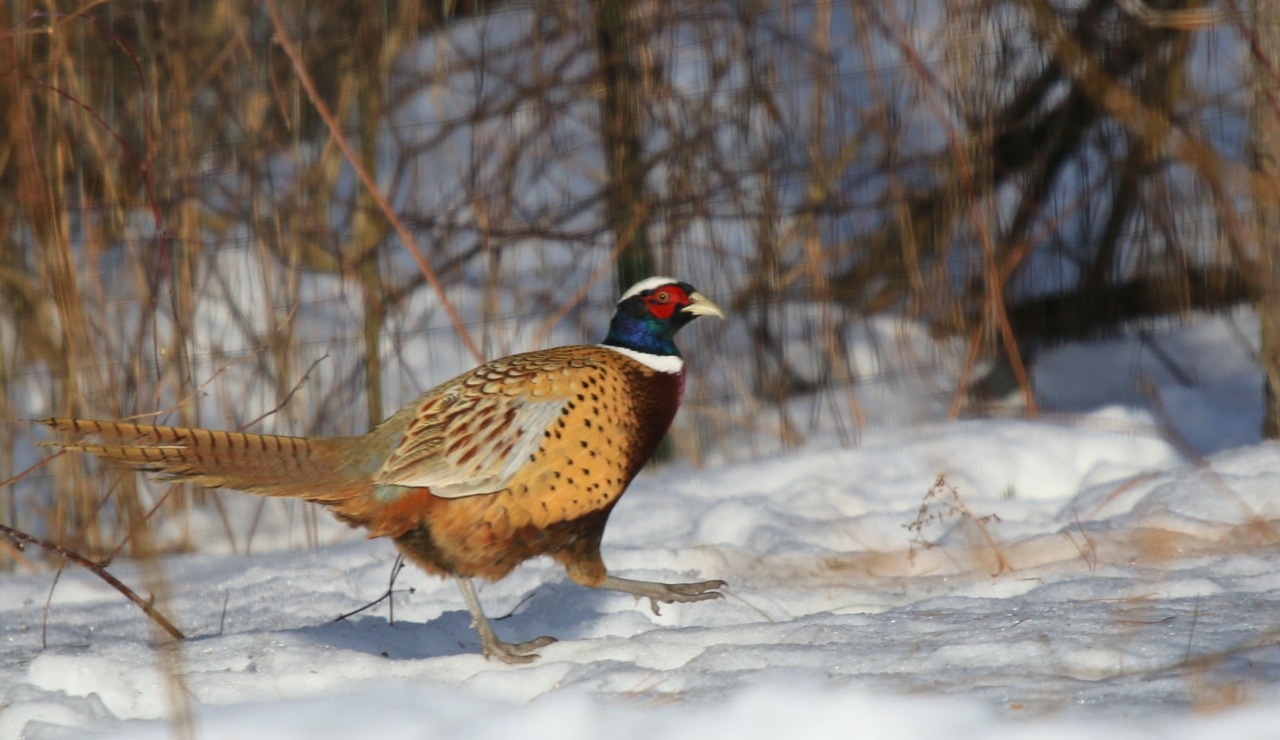
Ring Necked Pheasant
During particularly tough winters birds may go outside of their normal ranges to find food.
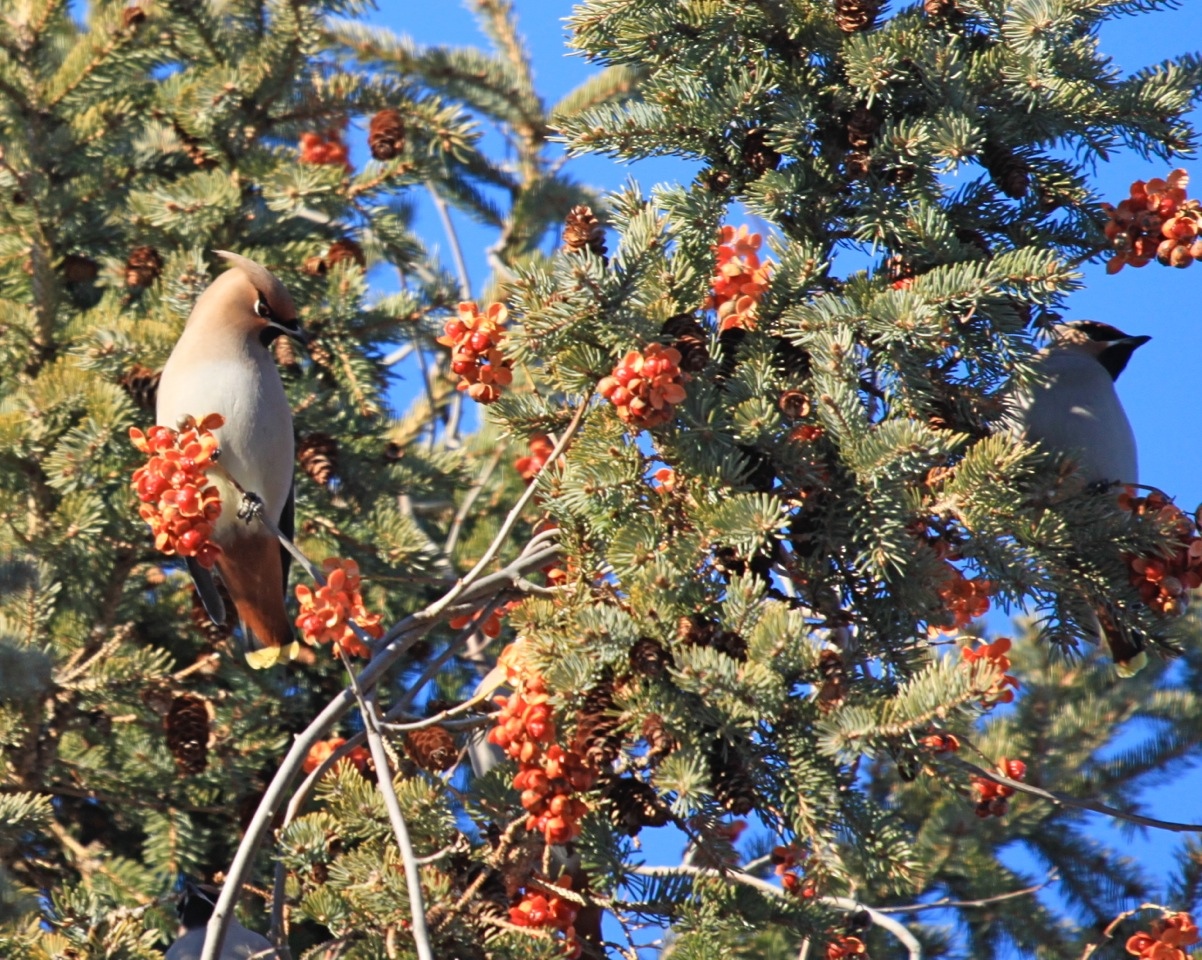
Bohemian Waxwings
Having some native shrubs and vines planted around the yard will help birds that are looking for berries and fruit.
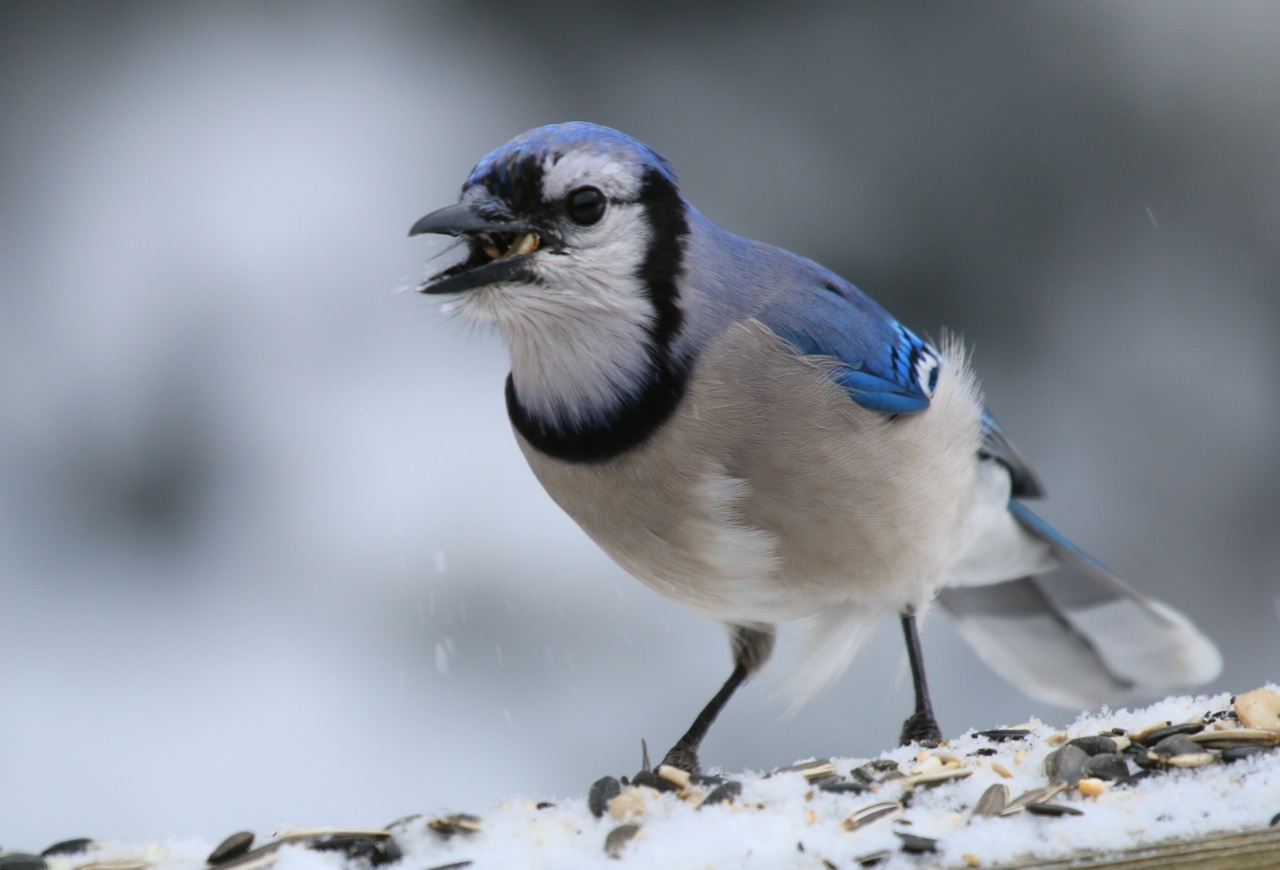
Blue Jay getting ready to carry away as much food as it can.
4. Cache food. Some birds don’t just eat at the feeders. They load up on food, then take it away and cache it.
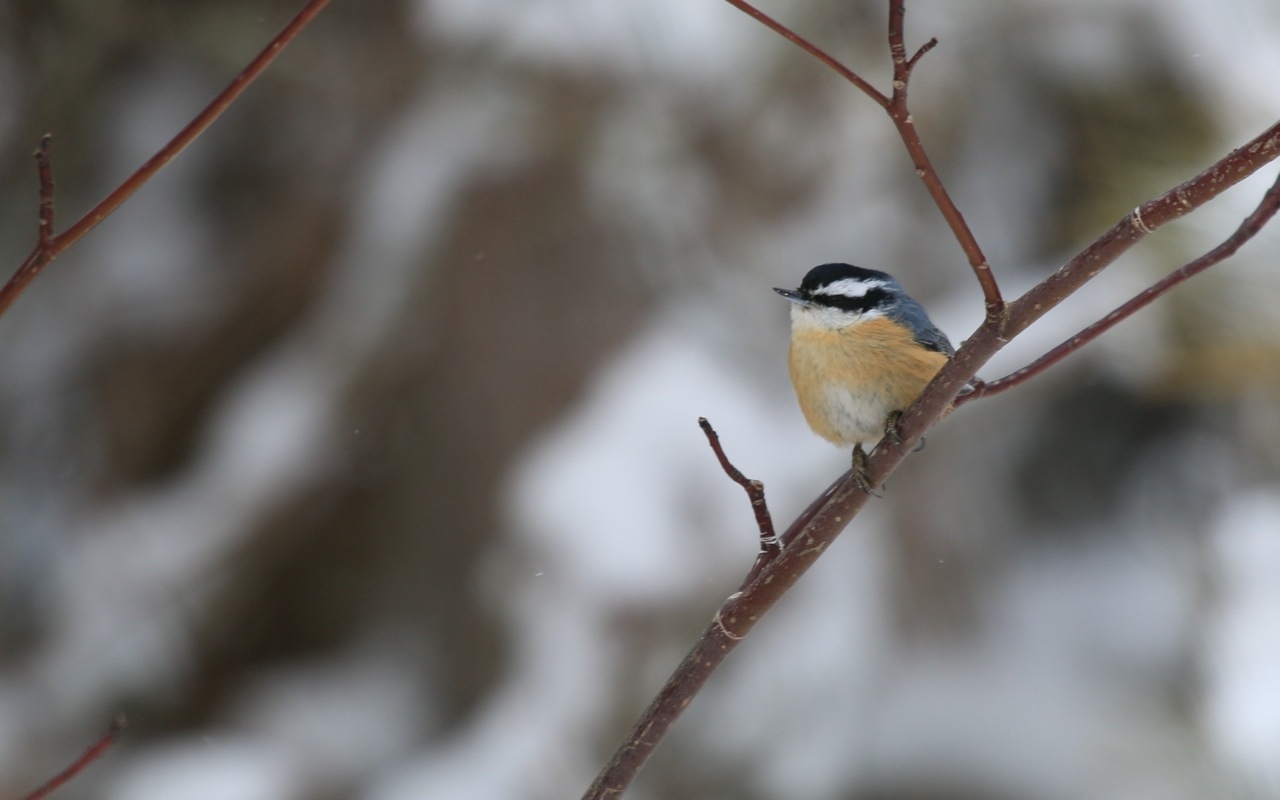
Nuthatches cache food too
That way if food is hard to come by, these birds can use their stores of cached food.
5. Find a flock. There are many advantages for birds when they hang out in groups. They can find food together. There are more eyes to look out for potential predators.
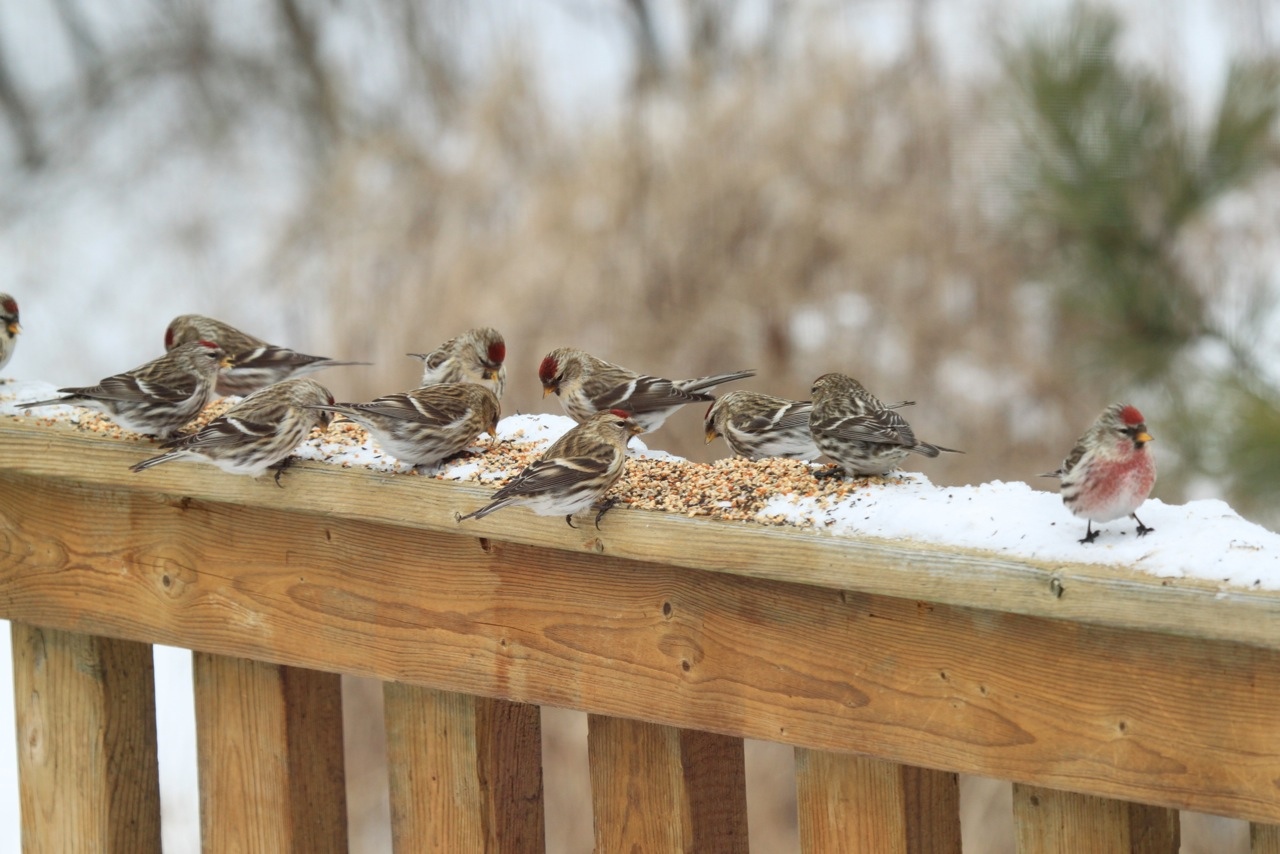
Common Redpolls
Little birds will even roost together at night in a hole in a tree, or a bird house. They snuggle together and keep each other warm until the morning. Can you imagine finding a little roost of birds like this? Sooo cute!
Perhaps they would not like to use this birdhouse, however, since there is a Screech owl inside. Which leads us to another way that birds can survive the winter:
6. Find a “Bird Feeder”
Like it or not, busy bird feeders also become the hunting grounds for birds of prey like this Coopers Hawk, who will make visits to bird feeding areas to grab a bite to eat. Literally. The first thing I saw the other morning when I looked out the window was a Sharp Shinned Hawk scooping up a Junco for breakfast.
Birds have a number of adaptations that allow them to survive even the harshest, coldest, iciest conditions. Another reason I think they are absolutely amazing.


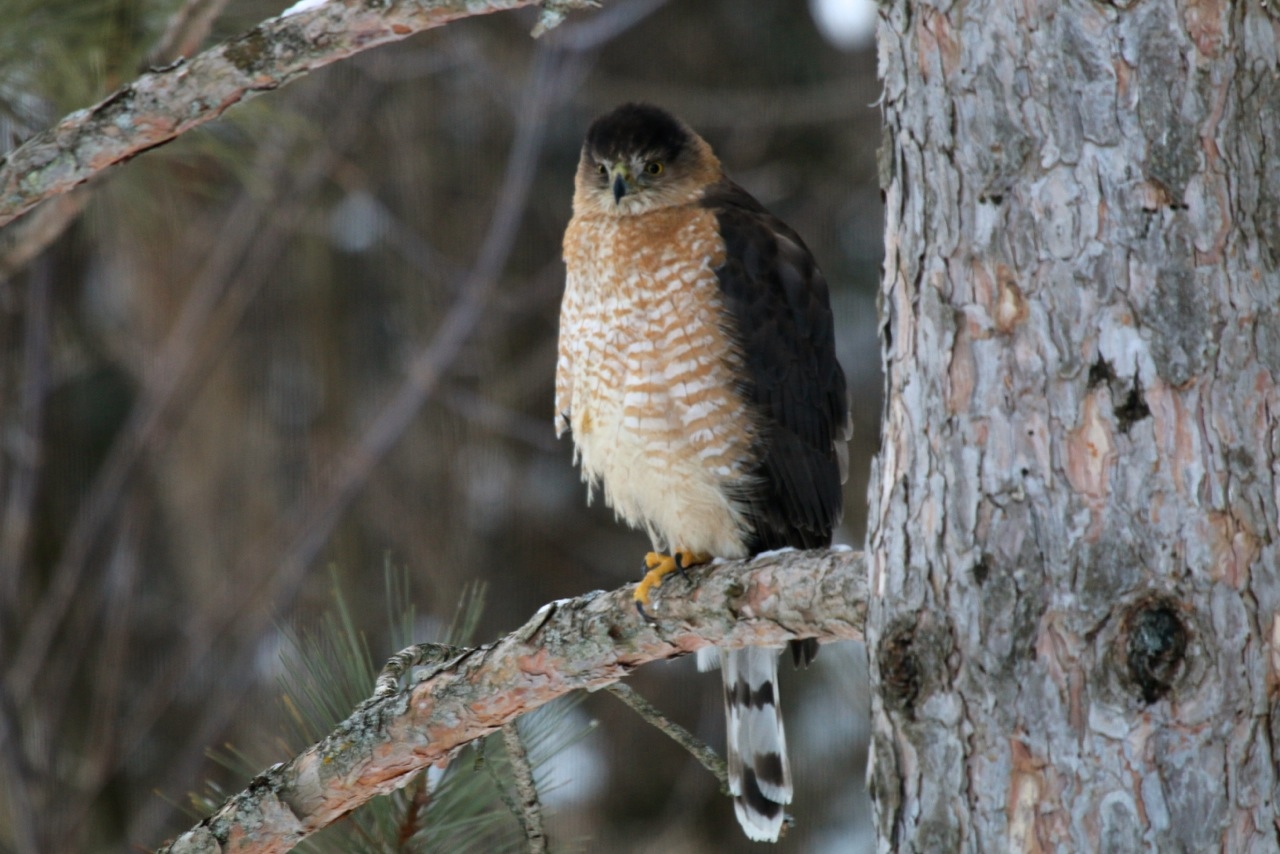
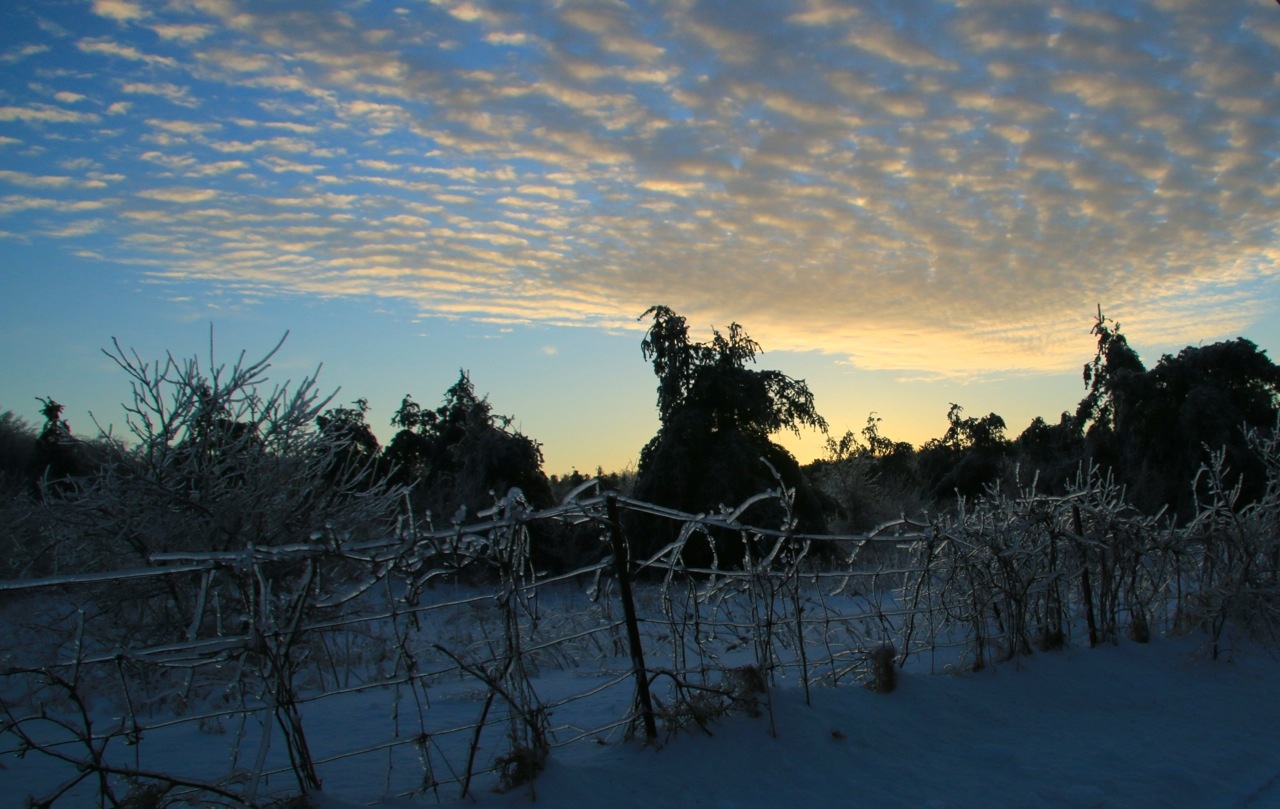



Leslie,
You have such a beautiful variety of birds, and those Common Redpolls are especially darling! (And I’m not just saying that because I have never met one before 😉 ).
We have had recent visits from a Sharp-Shinned Hawk, a Peregrine Falcon (both juveniles), and a Red-Tailed Hawk, on account of the birds frequenting our backyard on the West Coast this winter!
Cheers,
Hui